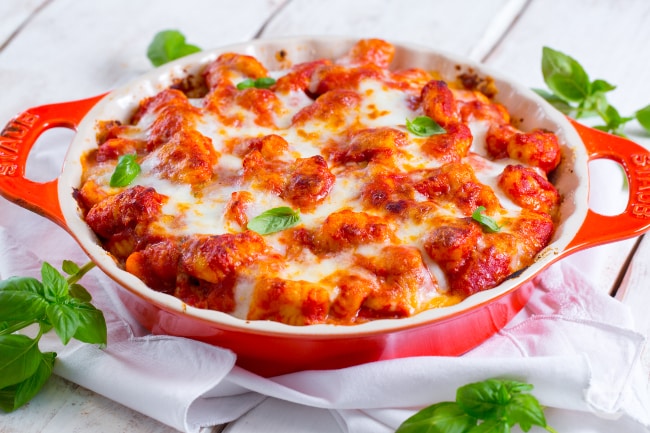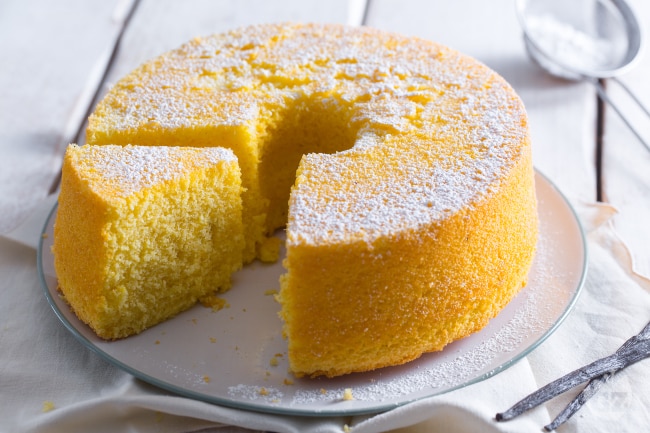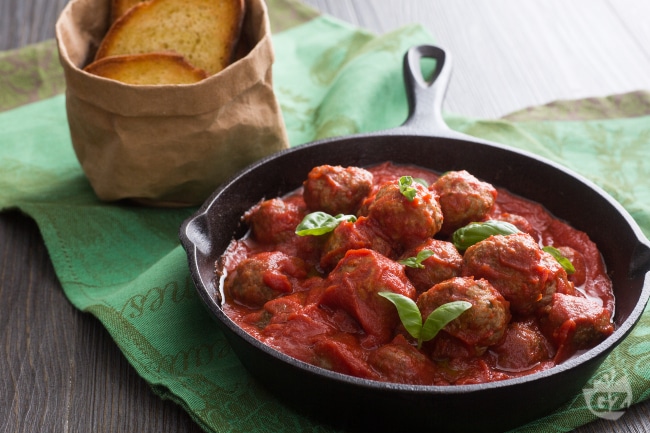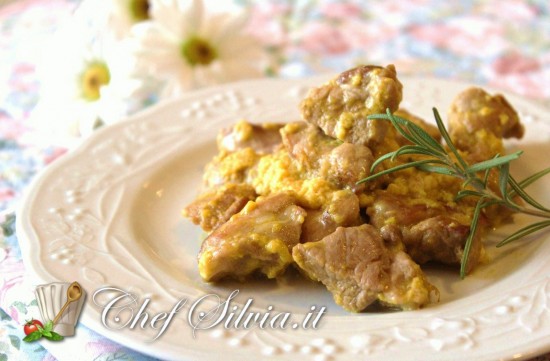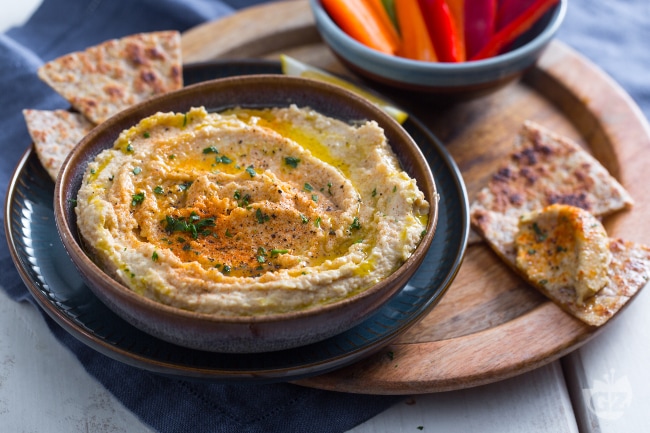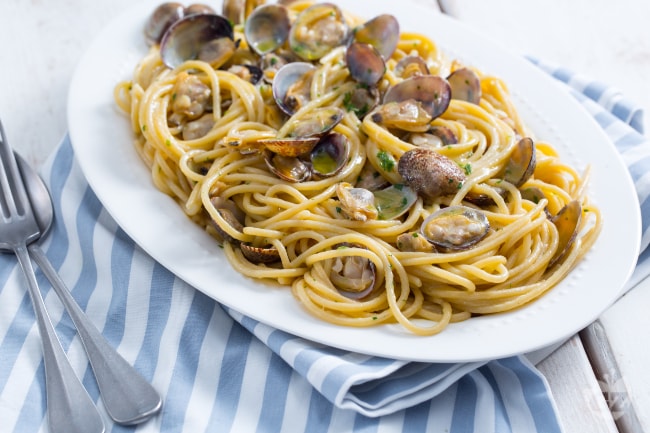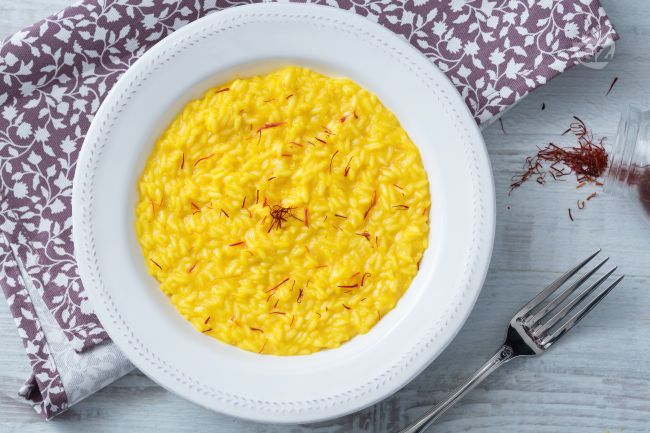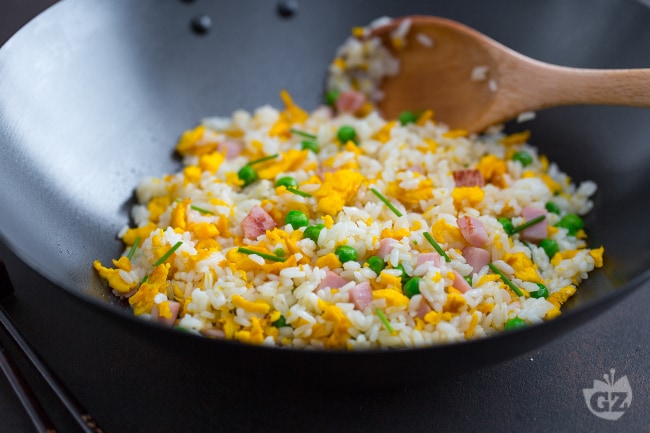
The wok it is perfect for mixing the ingredients with rice but if you don’t have it you can use a normal non-stick pan.
The currant rice (Original) is the ideal one, it can be replaced by basmati rice, but pay attention to the cooking times.
It is advisable to use a glass lid for cooking rice: this way it will be easier to see when the water comes to a boil.
As an alternative to rice wine, table wine can be used, even if the taste will be a little different.
You can use peanut or sunflower oil, whichever you prefer.
If possible, buy yellow-fleshed eggs: they will give a much more intense color to the dish!
You can vary the Cantonese rice recipe by replacing, for example, the cooked ham with shrimp or with tofu or tempeh for a vegetarian version.
If you want to add soy sauce, do it when the ingredients are sautéed, never raw!










